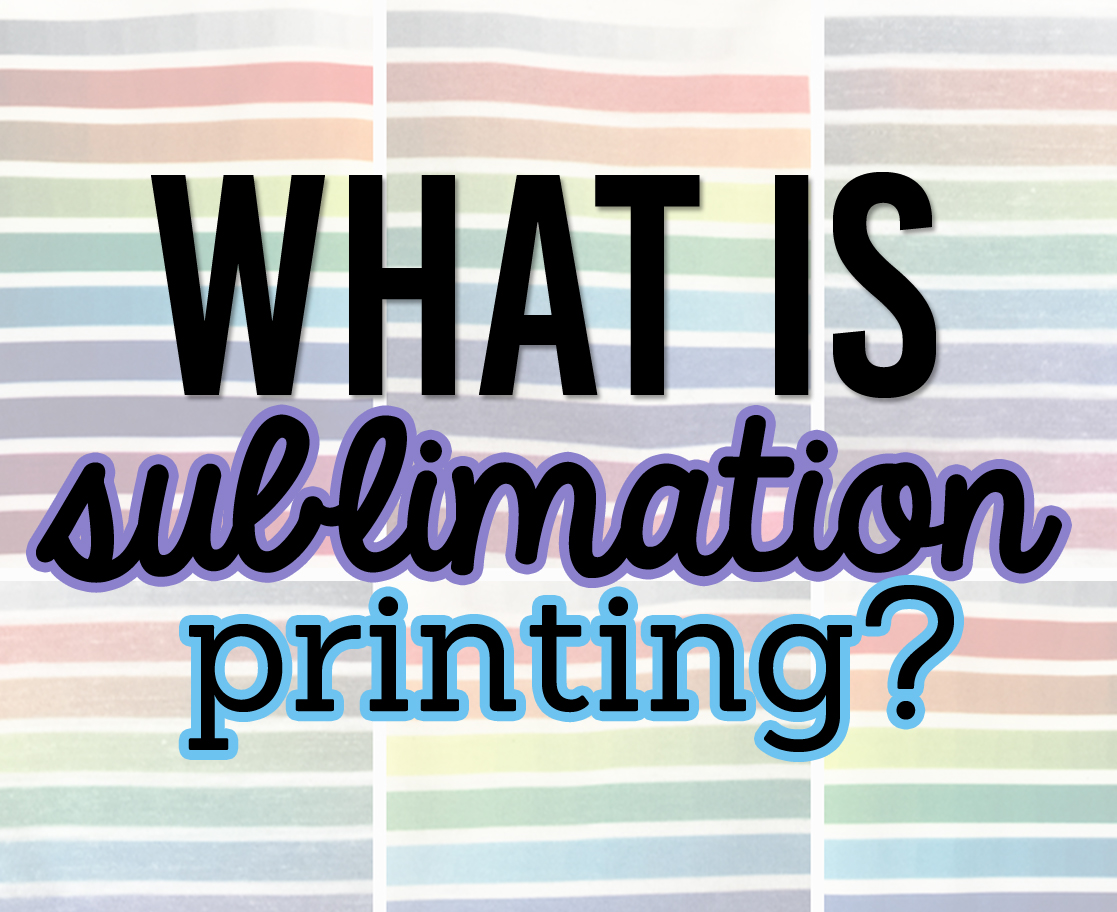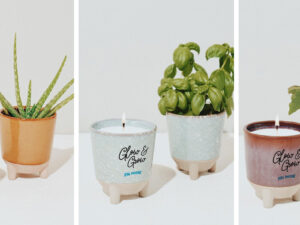
As most of you probably already know, there are tons of unique ways to create printed tees. And while many of them are great for a variety of reasons, in this article, we are focusing on dye sublimation printing.
So… What is Sublimation Printing?
Sublimation is the process of printing a special sublimation ink onto special sublimation transfer paper using a sublimation printing technique. Instead of traditional inkjet transfers which print ink on top of the shirt or item you’re working with, sublimation ink actually becomes a part of the substrate you’re printing on. How, you ask? It’s simple. Once the ink from your sublimation transfer paper is heat pressed onto the item you’re printing on, it opens up the pores of the fabric that you’re pressing heat onto. Once you press the paper onto your item and release pressure, the heat will cool and the ink will turn back into solid form. The result? The pores will close permanently and encapsulate the ink within the polymer coating of your item. So the ink turns from a solid to a gas and them back into a solid—it’s like your very own chem experiment!
Benefits of Sublimation Printing:
This process works wonders in our eyes because it ensures that the image you transfer onto your item won’t fade over time. The finish is also smooth, soft, and stylish because it literally becomes one with the substrate. This is perfect if you want to keep the soft-hand feel of the original garment. Another reason we love this process is the fact that it allows you to print full color transfers and heat press them onto your shirts instead of setting up tons of screens for traditional screen printing.
Sublimation-Friendly Garments:
When doing a sublimation print, only the polyester yarns in a garment will hold the ink, which leads a lot of people often think sublimation only can only be done on items that are 100% polyester. However, we’ve seen customers get great results on our poly-blends! When you do a sublimation print on a shirt that is not 100% poly, you’ll get a print that looks vintage or distressed—which is very popular right now. Keep in mind that sublimation inks are transparent, which means that it’s best to print on white or light colored substrates so your image is transferred properly.
Captiv8 Supply




